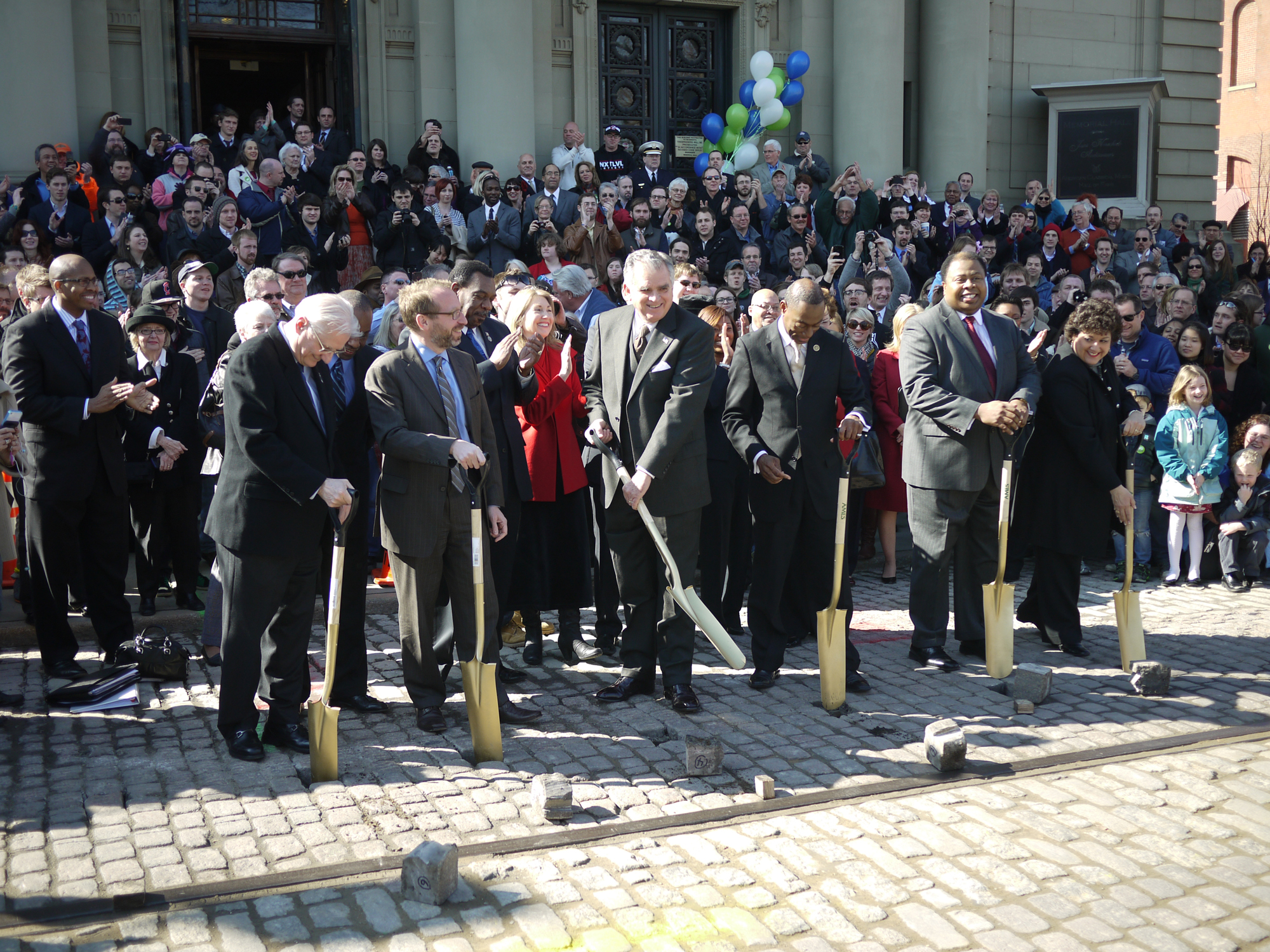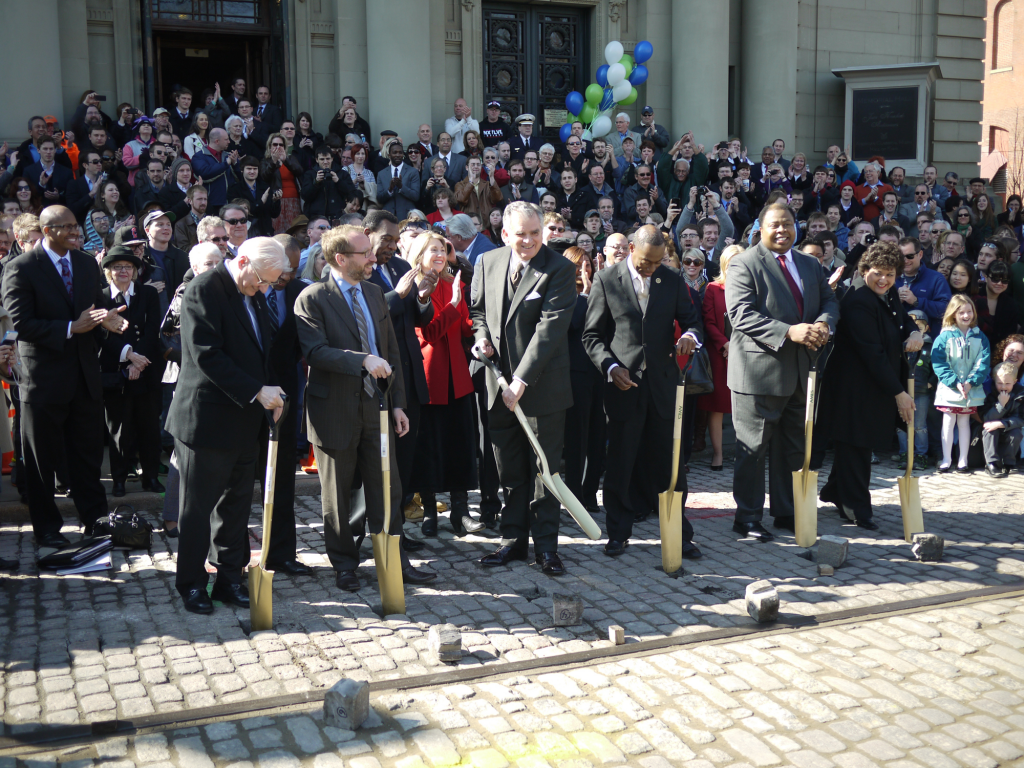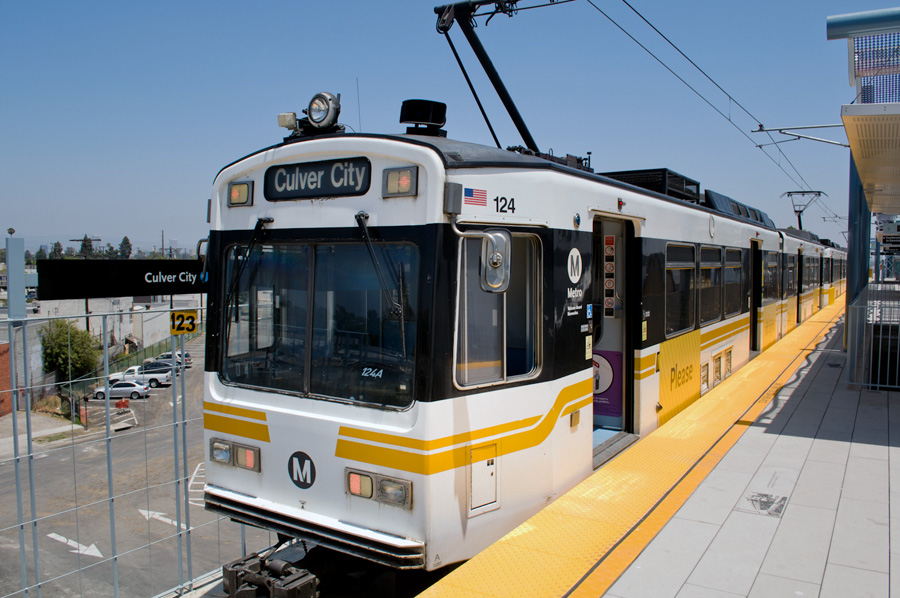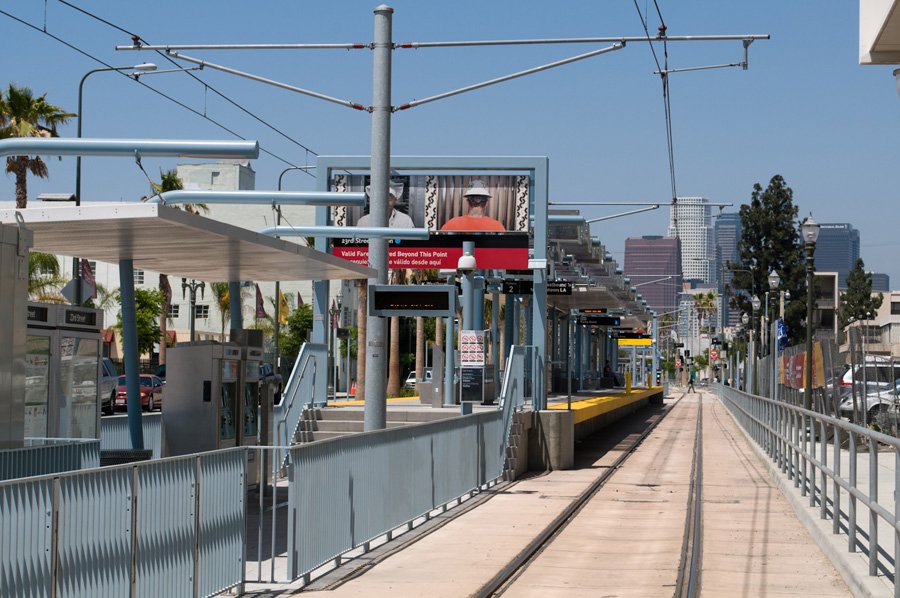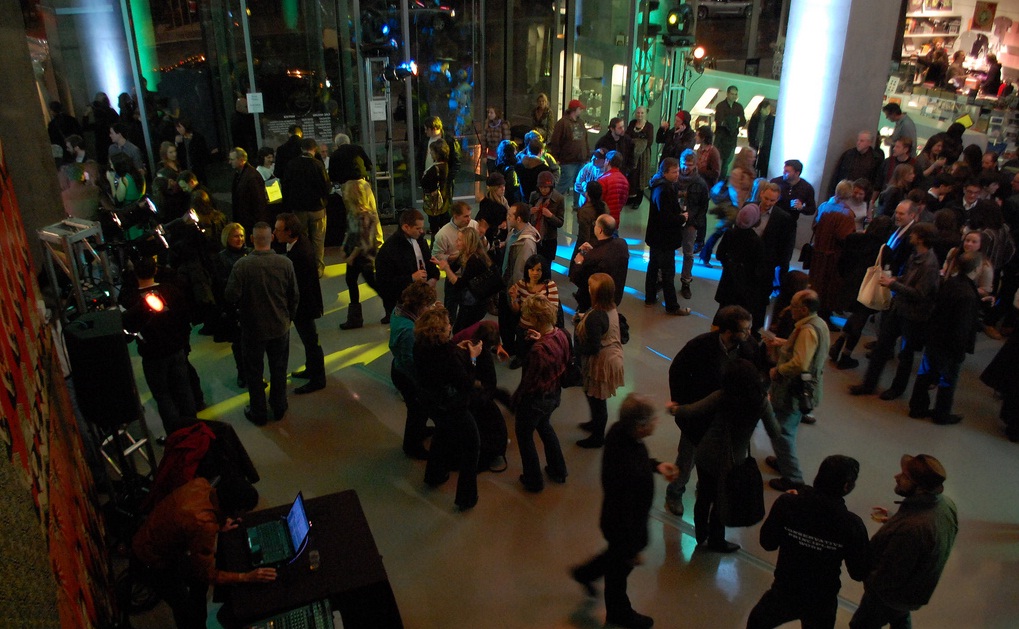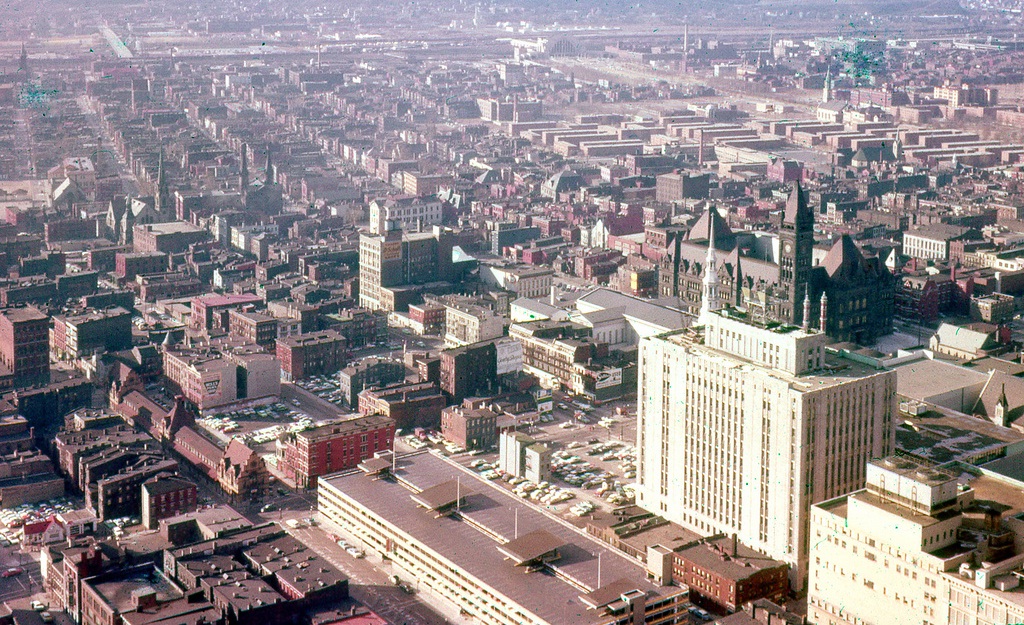[This is a guest editorial written by Eric Douglas in response to Episode #9 of The UrbanCincy Podcast which focused on urban retail planning – Randy.]
Do people visiting downtown do so to shop at a mall?
That’s the question I ask myself regarding Tower Place and downtown Cincinnati shopping. Across the region, the standard indoor shopping malls along I-275 that we have come to know, Tri-County Mall, Northgate Mall, Cincinnati Mall/Cincinnati Mills/Forest Fair Mall, and Anderson Towne Center/Beechmont Mall, all have had their struggles (if the rebrandings alone aren’t enough to prove that).
When architect Victor Gruen invented what we now know as the indoor mall in a 1952 and subsequently opened his first prototype in 1956 in Edina, Minnesota, it was not a totally original concept. Shopping galleries had existed in European cities, Cleveland’s Arcade, and Chicago’s Merchandise Mart well prior to the 1950’s.
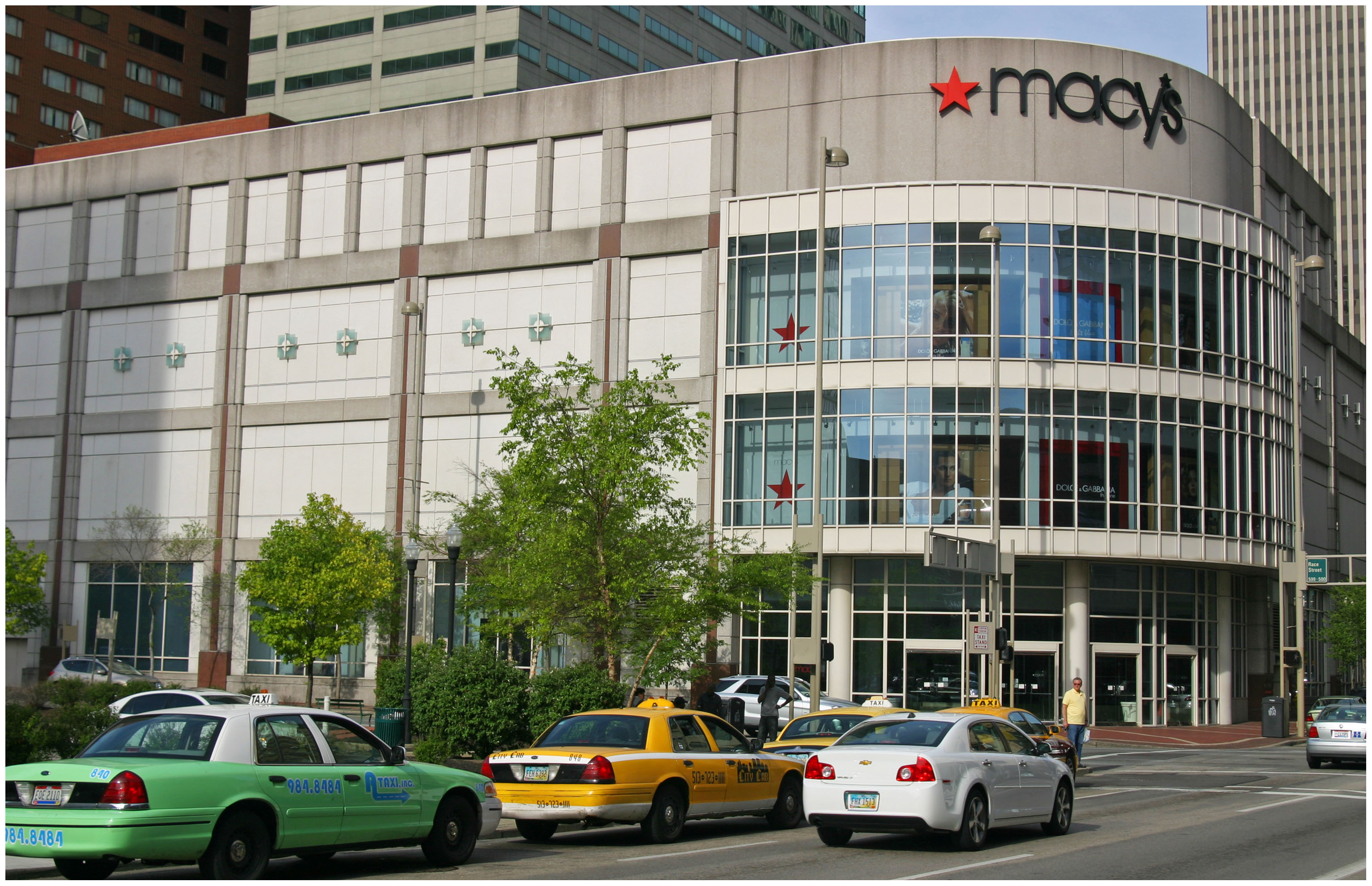 Do urban shopping malls like Cincinnati’s Tower Place Mall still make sense?. Macy’s Fountain Place photograph by Randy A. Simes.
Do urban shopping malls like Cincinnati’s Tower Place Mall still make sense?. Macy’s Fountain Place photograph by Randy A. Simes.
Though the region’s suburban shopping malls modeled after Gruen’s are different from the European Galleries and Tower Place in that they have two or three department stores anchoring the smaller stores and are within large seas of parking – something even Circle Centre Mall in Indianapolis and Water Tower Place in Chicago have. But what is also a commonality between Tower Place and other regional malls is that the post-1950’s indoor shopping mall experience is no longer desirable to consumers.
Now Kenwood Towne Center is thriving, and this does not include the decaying Kenwood Towne Place, the indoor shopping mall is not a complete and total failure in most markets, especially those more affluent like Kenwood, West Palm Beach, Troy, MI, etc., and most developers have acknowledged this by making malls outdoor “lifestyle centers”, but who’s to say that’s a viable alternative that will last half as long (30 years) as the indoor mall lived.
All this background sets the stage for the original question: do people visiting downtown want to shop at a mall?
Looking at the recent notable large-scale projects in and around downtown, all of them hearken back to traditional urban areas or city-led development: Fountain Square, obviously with its square or piazza, the Gateway Quarter’s shopping, and The Banks grid street layout. From these successful examples, the city should continue to not to try to reinvent or retrofit itself in order to compete in a form similar to the suburbs, it should in fact continue to try to be the exact opposite of the suburbs and their shopping experiences. It should strive to be what only cities and traditional neighborhoods can and have been for 200 years in America: true organic places that provide genuine experiences that shopping malls and strip malls cannot provide simply by their nature.
Strive to be New York’s Fifth Avenue or Chicago’s Michigan Avenue where shopping for Christmas presents is such an enjoyable experience, even in winter, it’s romanticized in movies and attracts people from other states just to shop. Don’t strive for another mall that any municipality with a highway interchange can attract. Be different.
If you have something on your mind, please send your thoughts to us at urbancincy@gmail.com. The UrbanCincy team will then review your submission and get back with you for further details about your guest editorial.

